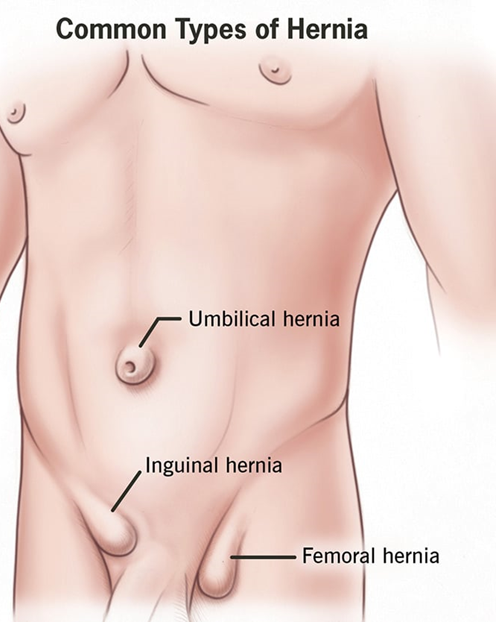Which laboratory results should the nurse closely monitor in a client who has end-stage renal disease (ESRD)?
Serum potassium, calcium, and phosphorus
Erythrocytes, hemoglobin, and hematocrit
Leukocytes, neutrophils, and thyroxine
Blood pressure, heart rate, and temperature
The Correct Answer is A
Choice A reason: This is the correct answer because serum potassium, calcium, and phosphorus are laboratory results that should be closely monitored in a client who has end-stage renal disease (ESRD). ESRD is a chronic condition that causes irreversible loss of kidney function and accumulation of waste products and fluids in the body. Potassium is an electrolyte that regulates nerve and muscle function and cardiac rhythm. ESRD can cause hyperkalemia (high potassium levels) due to reduced excretion by the kidneys. Hyperkalemia can cause cardiac arrhythmias, muscle weakness, or paralysis. Calcium and phosphorus are minerals that maintain bone health and acid-base balance. ESRD can cause hypocalcemia (low calcium levels) due to impaired vitamin D metabolism and hyperphosphatemia (high phosphorus levels) due to reduced excretion by the kidneys. Hypocalcemia can cause muscle cramps, tetany, or seizures. Hyperphosphatemia can cause soft tissue calcification, bone pain, or fractures.
Choice B reason: Erythrocytes, hemoglobin, and hematocrit are laboratory results that are not as critical as serum potassium, calcium, and phosphorus in a client who has end-stage renal disease (ESRD). Erythrocytes are red blood cells that carry oxygen from the lungs to the tissues. Hemoglobin is a protein in erythrocytes that binds oxygen. Hematocrit is the percentage of blood volume that is occupied by erythrocytes. ESRD can cause anemia (low erythrocyte, hemoglobin, and hematocrit levels) due to reduced production of erythropoietin, a hormone that stimulates erythrocyte formation, by the kidneys. Anemia can cause fatigue, pallor, or shortness of breath.
Choice C reason: Leukocytes, neutrophils, and thyroxine are laboratory results that are not as relevant as serum potassium, calcium, and phosphorus in a client who has end-stage renal disease (ESRD). Leukocytes are white blood cells that fight infection and inflammation. Neutrophils are a type of leukocyte that respond to bacterial infection. Thyroxine is a hormone that regulates metabolism and growth. ESRD can cause leukopenia (low leukocyte levels) and neutropenia (low neutrophil levels) due to impaired immune function and increased susceptibility to infection. ESRD can also cause hypothyroidism (low thyroxine levels) due to reduced clearance of thyroid hormones by the kidneys. Hypothyroidism can cause weight gain, cold intolerance, or depression.
Choice D reason: Blood pressure, heart rate, and temperature are not laboratory results, but vital signs that should be monitored in a client who has end-stage renal disease (ESRD). Blood pressure is the force of blood against the walls of the arteries. Heart rate is the number of times the heart beats per minute. Temperature is the measure of body heat. ESRD can cause hypertension (high blood pressure) due to fluid overload and activation of the renin-angiotensin-aldosterone system, a hormonal pathway that regulates blood pressure and fluid balance. Hypertension can cause headache, chest pain, or stroke. ESRD can also cause tachycardia (high heart rate) due to anemia, fluid overload, or electrolyte imbalance. Tachycardia can cause palpitations, dizziness, or heart failure. ESRD can also cause fever (high temperature) due to infection or inflammation. Fever can cause chills, sweating, or delirium.
Nursing Test Bank
Naxlex Comprehensive Predictor Exams
Related Questions
Correct Answer is A
Explanation
Choice A reason: This hernia is a normal variation that resolves without treatment is a correct explanation for the nurse to provide, as this refers to an umbilical hernia, which is a common and harmless condition in infants that usually disappears by age 2. Therefore, this is the correct choice.

Choice B reason: An abdominal binder can be worn daily to reduce the protrusion is not an appropriate explanation for the nurse to provide, as this is not an effective or recommended method to treat a hernia. This is a distractor choice.
Choice C reason: Restrictive clothing will be adequate to help the hernia go away is not a relevant explanation for the nurse to provide, as this does not affect the hernia or its resolution. This is another distractor choice.
Choice D reason: The quarter should be secured with an elastic bandage wrap is not a sensible explanation for the nurse to provide, as this is a folk remedy that has no scientific basis and can cause skin irritation and infection. This is another distractor choice.
Correct Answer is A
Explanation
Choice A reason: the nurse's priority is to provide comfort and dignity to the dying patient. Pain management is an essential aspect of end-of-life care.
Choice B reason: updating the nurse manager is not a priority action. The nurse manager can be informed later, after the patient's needs are met.
Choice C reason: conveying the patient's status to the chaplain is not a priority action. The chaplain can be contacted later, after the patient's needs are met. The chaplain may also need the consent of the patient or the family before providing spiritual support.
Choice D reason: documenting the impending signs of death is not a priority action. Documentation can be done later, after the patient's needs are met. Documentation is important, but not as important as providing comfort and dignity to the dying patient.
Whether you are a student looking to ace your exams or a practicing nurse seeking to enhance your expertise , our nursing education contents will empower you with the confidence and competence to make a difference in the lives of patients and become a respected leader in the healthcare field.
Visit Naxlex, invest in your future and unlock endless possibilities with our unparalleled nursing education contents today
Report Wrong Answer on the Current Question
Do you disagree with the answer? If yes, what is your expected answer? Explain.
Kindly be descriptive with the issue you are facing.
